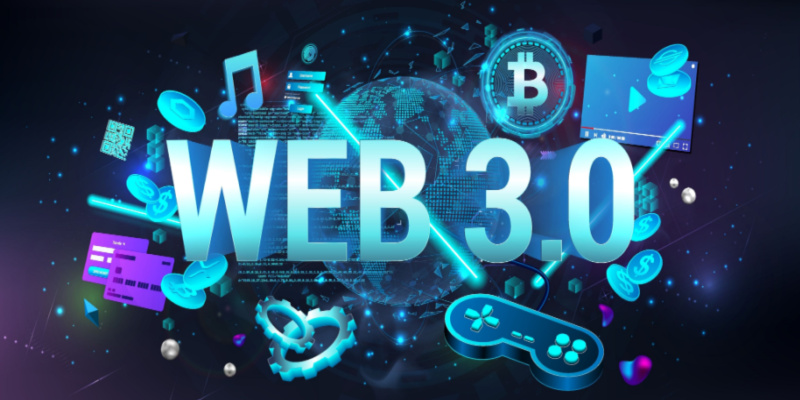
What will be the future of the internet generation that we are living in? Have you ever heard of concepts like the internet of things, artificial intelligence and virtual reality? Well, the internet and all these technologies seem to be interconnected now that the world wide web is progressing towards interconnectivity.
The next generation of internet is being called the web3, that focuses on giving control back to the user. This generation of internet takes all the benefits of web2.0 and adds to them the aspect of the semantic web. Semantic web is a mesh of information assembled in a way so that it can be interpreted by machines instead of requiring human intervention.
Now, how does web 3.0 vs. web 2.0 play out? That’s what we find out in this post!
Evolution Of The Internet: Web 3.0 vs. Web 2.0
The first era of the internet began in the 1990s when the internet was more of a statistics database than a content delivery platform. After 2005, the internet gradually became what we know today as the web 2.0. The second generation of the internet allowed the users to create, engage and share content on various platforms. Along with the increased connectivity of web 2.0, however, came the monopoly of a handful of big companies over user data. This is a primary aspect of web 2.0 that web 3.0 aims to change up.
The web 3.0 is also called the semantic web, as mentioned above- a term coined by Tim Berners-Lee. Web3 will make decentralization a core part of the internet, and focus on giving control back to the users over their own data. Some core technologies used by web3 would be AI, VR, ML, the metaverse, and of course, the blockchain technology.
Web 3.0 vs. web 2.0
Source / Web3.0 vs web2.0
The next generation of the internet aims at better interconnectivity and ubiquity: you will be able to access the web from anywhere, with any device, and the applications you use would be interconnected for an enhanced user experience for you. So, how does web 3.0 vs. web 2.0 shape up?
Currency
Web2.0 brought ease of doing financial transactions online, but the use of fiat currency often renders these transactions time consuming and expensive. On the other hand, web 3.0 will make use of blockchain-based cryptocurrencies to facilitate financial services. This would remove the need for a central authority or any intermediaries to oversee a transaction, and accelerate the money transfers, while also lowering trading charges.
Technology
Another key difference in web 3.0 vs web 2.0 is the technology and programming languages which are used in the two. Web2 makes use of languages like HTML5, JavaScript, AJAX, and CSS3. These coding languages are good for creating platforms that are to be regularly updated by a human operator. However, web3 is going to be the version of the internet which will not rely on human operators. Machine learning, artificial intelligence, and blockchain-centric decentralized technology are some of the key players in web 3.0.
Speed
Web3 decentralizes both data collection and distribution, accelerating procedures related to storing and pulling up data. Web2 information transfer is comparatively slower because it scans the internet for data which is generally kept in a fixed place on a server. Web 3.0 assigns all the information to numerous servers and decentralizes the sharing of information. It makes the whole process of sharing data a whole lot faster.
Application
What are the applications of both these generations of the internet? Web2 includes podcasts, blogging, RSS feeds, social media based content creation, and other platforms for you to consume and share content. We3.0, on the other hand, brings forth AI and ML enabled decentralized applications, virtual worlds as a part of the metaverse (to bridge the real and virtual worlds), and 3D graphics.
Conclusion: Web 3.0 vs. Web 2.0
We do hope this post helps you better understand web 3.0 vs. web 2.0, and the basic differences between the two. Web3 provides higher anonymity and security to the users, and the user experience is improved by much. As Berners-Lee had envisioned, the web 3.0 is bringing a seamless internet experience accessible to users through any device, ungoverned by any centralized entity.

